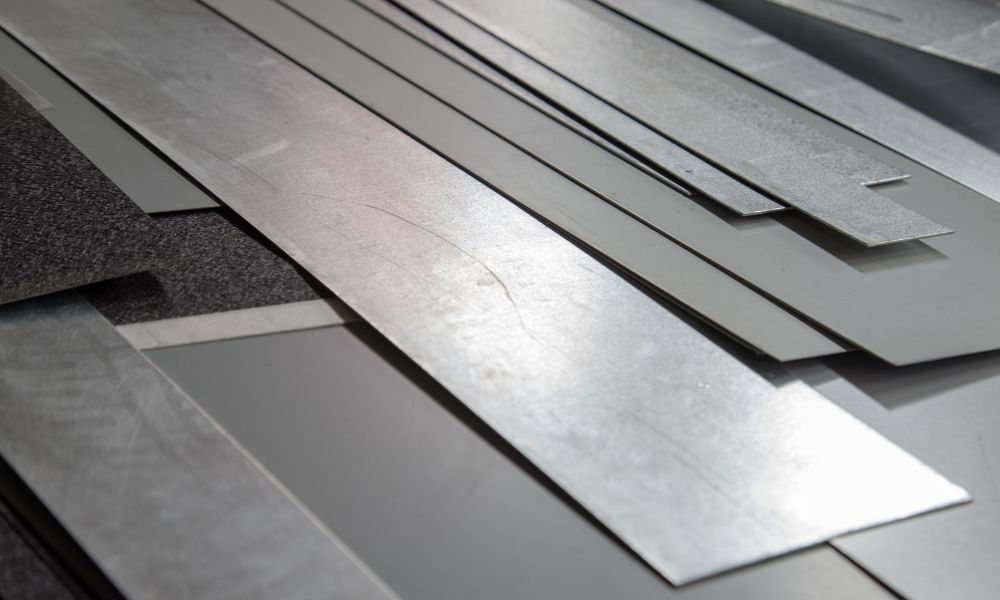A Quick Guide to Understanding Aluminum Temper Designations

Aluminum comes in more than one form thanks to various treatment processes. For instance, temper designations help manufacturers know more about each metal just by looking at a single letter. If you’re unaware of all the designations, then it can be a bit confusing to decipher. We’ve put together a quick guide to understanding aluminum temper designations so you can catch up right now.
F
The first temper designation is F, which stands for “fabricated.” However, this designation does not simply mean that the aluminum has undergone fabrication. Instead, this means the material is successfully tempered without special control implemented in the strain hardening or thermal treatment.
W
Unfortunately, the letters don’t always correspond to words the way “F” does to “fabricated.” For example, the W temper designation for aluminum stands for “solution heat treated.” This designation represents materials that spontaneously age after the heat treatment process.
T
T is a temper designation that signifies thermally treated aluminum. However, there are various treatments that can full under the T designation. For example, T1 signifies aluminum that is properly cooled down from an elevated temperature shaping process, then naturally aged to a substantially stable condition. On the other hand, T5 represents aluminum that is cooled from elevated temperature shaping processes and artificially aged.
H
H is a designation used to symbolize strain-hardened products. In some cases, H-temper-designated aluminum materials have not undergone heat treatment. The primary method used to strengthen aluminum in this process is strain hardening, but it will earn an H temper designation with or without thermal treatment afterward.
O
The final stop on our guide to understanding aluminum temper designation is O, which stands for “annealed.” This means that the aluminum has been annealed, or recrystallized, to achieve a low strength but high ductility design. As you can see, learning the aluminum temper designations is fairly straightforward if you look closely at the meanings.
At Thin Metal Sales, we provide thin aluminum sheets for aerospace, medical, and other industries. Always ask your aluminum provider about the temper designations if you want to ensure the metal will react precisely how you need it to. As you can see from the list above, seemingly small changes in the tempering process can have substantial effects on the metal.


